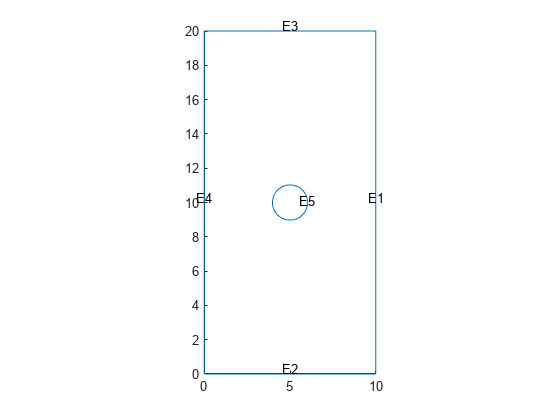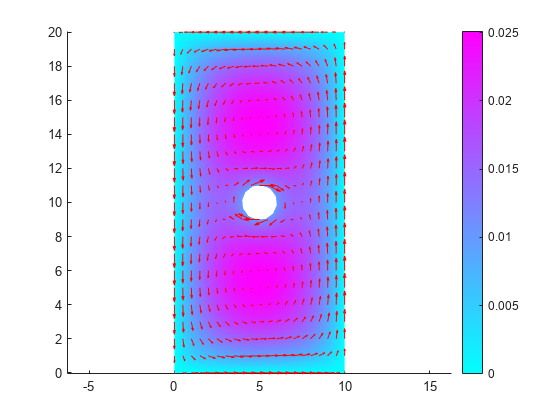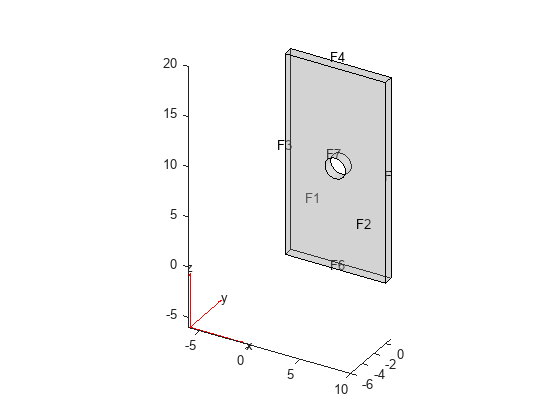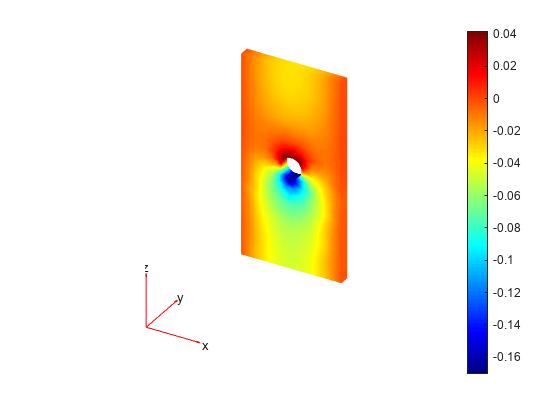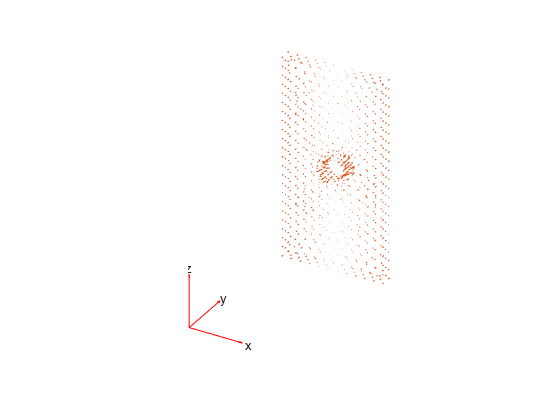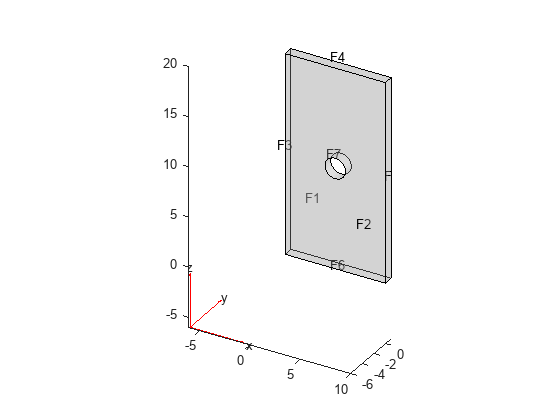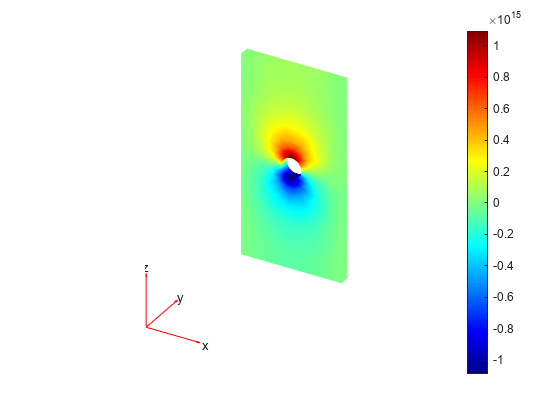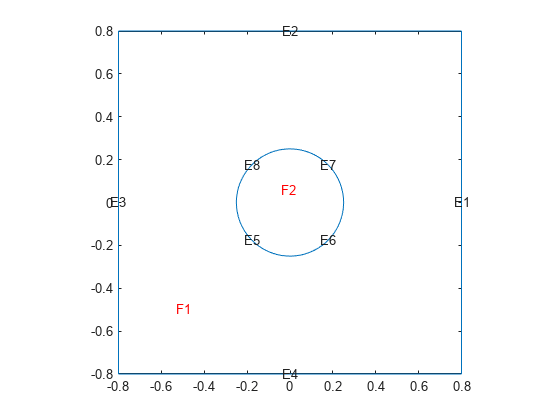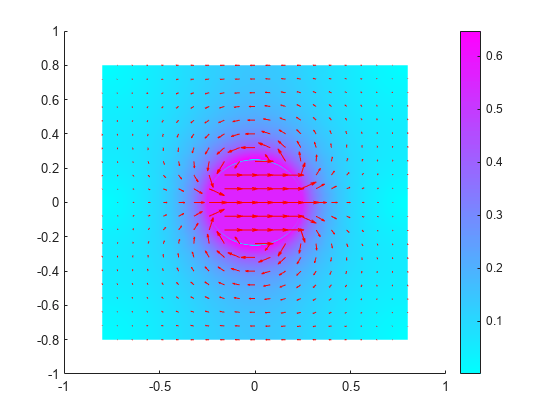MagnetostaticResults
Description
A MagnetostaticResults object contains the
magnetic potential, magnetic field, magnetic flux density, and mesh values in a form
convenient for plotting and postprocessing.
The magnetic potential, magnetic field, and magnetic flux density are calculated at the
nodes of the triangular or tetrahedral mesh generated by generateMesh. Magnetic potential values at the nodes appear in the
MagneticPotential property. Magnetic field values at the nodes appear in
the MagneticField property. Magnetic flux density values at the nodes
appear in the MagneticFluxDensity property.
To interpolate the magnetic potential, magnetic field, and magnetic flux density to a
custom grid, such as the one specified by meshgrid, use the interpolateMagneticPotential, interpolateMagneticField, and interpolateMagneticFlux functions.
Creation
Solve a magnetostatic problem using the solve function. This function returns a solution as a MagnetostaticResults object.
Properties
Object Functions
generateMaxwellStressTensor | Compute Maxwell stress tensor at nodal locations |
interpolateMagneticPotential | Interpolate magnetic potential in magnetostatic result at arbitrary spatial locations |
interpolateMagneticField | Interpolate magnetic field in magnetostatic result at arbitrary spatial locations |
interpolateMagneticFlux | Interpolate magnetic flux density in magnetostatic result at arbitrary spatial locations |
interpolateMaxwellStressTensor | Interpolate Maxwell stress tensor at arbitrary spatial locations |
Examples
Version History
Introduced in R2021a
